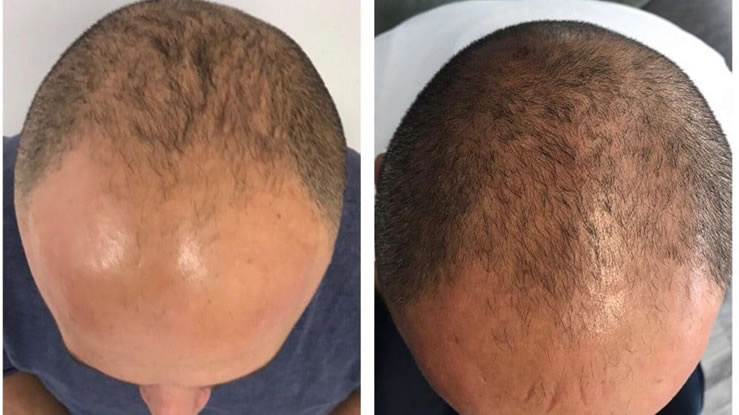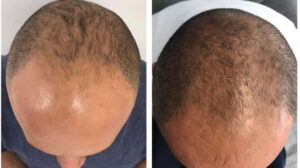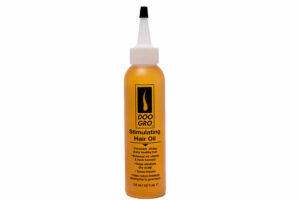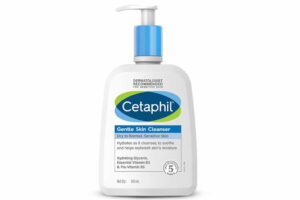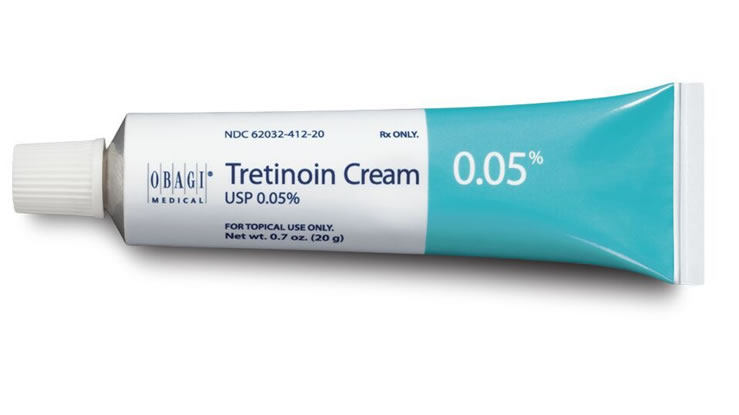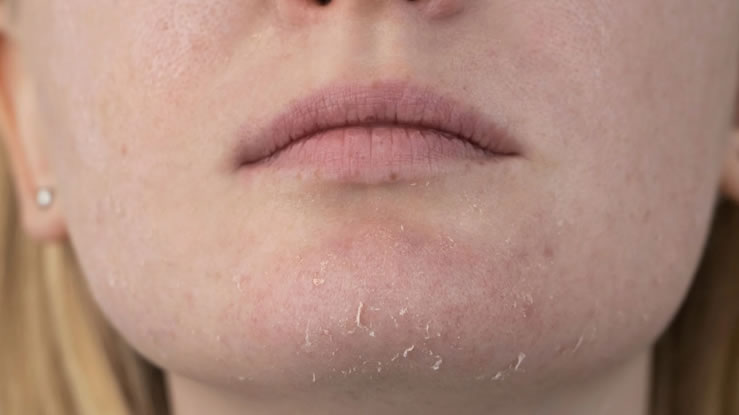Hair loss is one of the most common cosmetic concerns worldwide. Men and women both experience thinning hair, bald spots, or receding hairlines at different stages of life. As a result, many look for reliable treatments that restore hair growth and improve confidence. Two options stand out: Regenera Activa and hair transplant surgery.
Both treatments aim to bring back hair density, but they use very different methods. Patients often ask whether Regenera Activa is better than a hair transplant. The answer depends on several factors, including the cause of hair loss, budget, recovery time, and long-term expectations.
This article compares the two treatments in detail to help you make an informed choice.
What is Regenera Activa?
Regenera Activa is a non-surgical treatment based on regenerative medicine. A doctor removes a small scalp tissue sample, usually from the back of the head. The tissue is placed in a device that separates regenerative cells and growth factors.
These cells are then injected into areas with thinning hair. The goal is to reactivate dormant follicles, improve blood flow, and encourage new growth.
Because Regenera uses your own cells, there is little risk of rejection or allergy. The procedure is quick, minimally invasive, and usually takes less than an hour.
Read Also>>>What not to do after regenera activa?
What is a Hair Transplant?
A hair transplant is a surgical procedure where hair follicles are taken from one part of the scalp and implanted into bald or thinning areas. There are two main methods:
-
FUT (Follicular Unit Transplantation): A strip of scalp is removed, and individual follicle units are prepared for transplantation.
-
FUE (Follicular Unit Extraction): Individual follicles are taken directly from the donor area and implanted one by one.
Hair transplants require surgical precision, local anesthesia, and recovery time. They provide visible and permanent coverage for bald spots but involve more risk and cost.
Treatment Goals
The main difference between the two treatments lies in their goals.
-
Regenera Activa: Stimulates natural regrowth and strengthens existing follicles. Best for early or moderate hair thinning.
-
Hair Transplant: Relocates hair to bald areas. Best for advanced baldness where follicles are no longer active.
This difference shapes which treatment is more suitable for each patient.
Procedure Experience
Patients often prefer treatments that are less invasive.
-
Regenera Activa: Involves a few small injections. Minimal discomfort. Procedure is completed in about 45 minutes.
-
Hair Transplant: Involves surgical extraction and implantation. The session can last 4 to 8 hours, depending on the number of grafts.
For patients who want a quick solution with little downtime, Regenera is often more appealing.
Pain and Discomfort
Pain levels vary between the two methods.
-
Regenera Activa: Mild discomfort at injection sites. Tenderness fades within days.
-
Hair Transplant: Pain during recovery is higher. Patients may experience swelling, tightness, and scabbing for 1 to 2 weeks.
This makes Regenera the less painful option overall.
Recovery Time
Recovery is a key factor when choosing between treatments.
-
Regenera Activa: Most patients return to normal activities the next day. No bandages or sutures are required.
-
Hair Transplant: Recovery takes 1 to 2 weeks. Patients must avoid heavy exercise, sun exposure, and scratching the scalp.
For busy individuals, Regenera offers faster recovery.
Side Effects and Risks
All treatments have side effects.
-
Regenera Activa: Redness, swelling, mild pain, and itching. Rare risks include infection or temporary hair shedding.
-
Hair Transplant: Swelling, bleeding, scabbing, itching, infection, and possible scarring. There is also a risk of unnatural hairline if performed poorly.
While both are safe in expert hands, Regenera is considered lower risk.
Effectiveness of Results
Effectiveness depends on the stage of hair loss.
-
Regenera Activa: Works best for patients with thinning hair or early balding. It improves density and hair strength but cannot replace lost follicles in completely bald areas.
-
Hair Transplant: Provides permanent results for bald areas. Once transplanted, hair continues to grow naturally.
This makes transplants the stronger choice for advanced baldness, while Regenera is more suited for prevention and early treatment.
Cost Comparison
Price is another important difference.
-
Regenera Activa: Usually costs between $2,000 and $4,000 depending on the clinic.
-
Hair Transplant: Can cost between $5,000 and $15,000 or more depending on the number of grafts.
For patients on a budget, Regenera is less costly.
Suitability for Patients
Different patients benefit from different treatments.
-
Best candidates for Regenera Activa: Men and women with early-stage hair thinning, postpartum shedding, or genetic hair loss.
-
Best candidates for hair transplant: Patients with advanced baldness, receding hairlines, or large bald patches where follicles are permanently lost.
A doctor usually performs an assessment to recommend the best option.
Longevity of Results
Patients often ask how long results last.
-
Regenera Activa: Results can last 1 to 2 years. Some patients need repeat sessions to maintain density.
-
Hair Transplant: Considered permanent. Transplanted follicles continue to grow for a lifetime.
If permanence is a priority, hair transplant may be the stronger option.
Natural Look and Density
Both treatments aim to create a natural appearance.
-
Regenera Activa: Works with your natural follicles, so results look completely natural.
-
Hair Transplant: Can look natural when done by skilled surgeons, but poor technique may lead to an unnatural hairline.
For subtle and natural improvement, Regenera works well. For complete restoration of bald areas, transplants are stronger.
Psychological Impact
Hair restoration affects more than just appearance.
-
Regenera Activa: Boosts confidence early, as hair looks fuller and healthier. Ideal for those who are anxious about thinning.
-
Hair Transplant: Can be life-changing for patients with severe baldness, as it restores visible hair where there was none.
Both improve self-esteem, but the level of transformation differs.
Doctor’s Perspective
Medical professionals often recommend Regenera as a preventive or early-stage treatment and hair transplant as a last-resort solution when follicles no longer respond. Some clinics even combine the two: using Regenera after a transplant to improve healing and density.
Patient Experiences
Patient reviews reflect the differences.
-
Many Regenera patients praise the quick recovery and natural improvement in hair quality. Some wish results lasted longer.
-
Hair transplant patients often highlight the dramatic before-and-after changes but mention longer healing and higher cost.
Both treatments have satisfied patients, depending on their needs.
So, is Regenera Activa better than a hair transplant? The answer depends on your situation.
-
If you have early or moderate hair thinning, Regenera is safer, less invasive, and more affordable.
-
If you have advanced baldness, a hair transplant provides permanent coverage and more dramatic results.
Both treatments can work well when chosen carefully with medical advice. For many patients, Regenera offers a gentler starting point, while hair transplant remains the stronger solution for long-term and advanced hair restoration.

